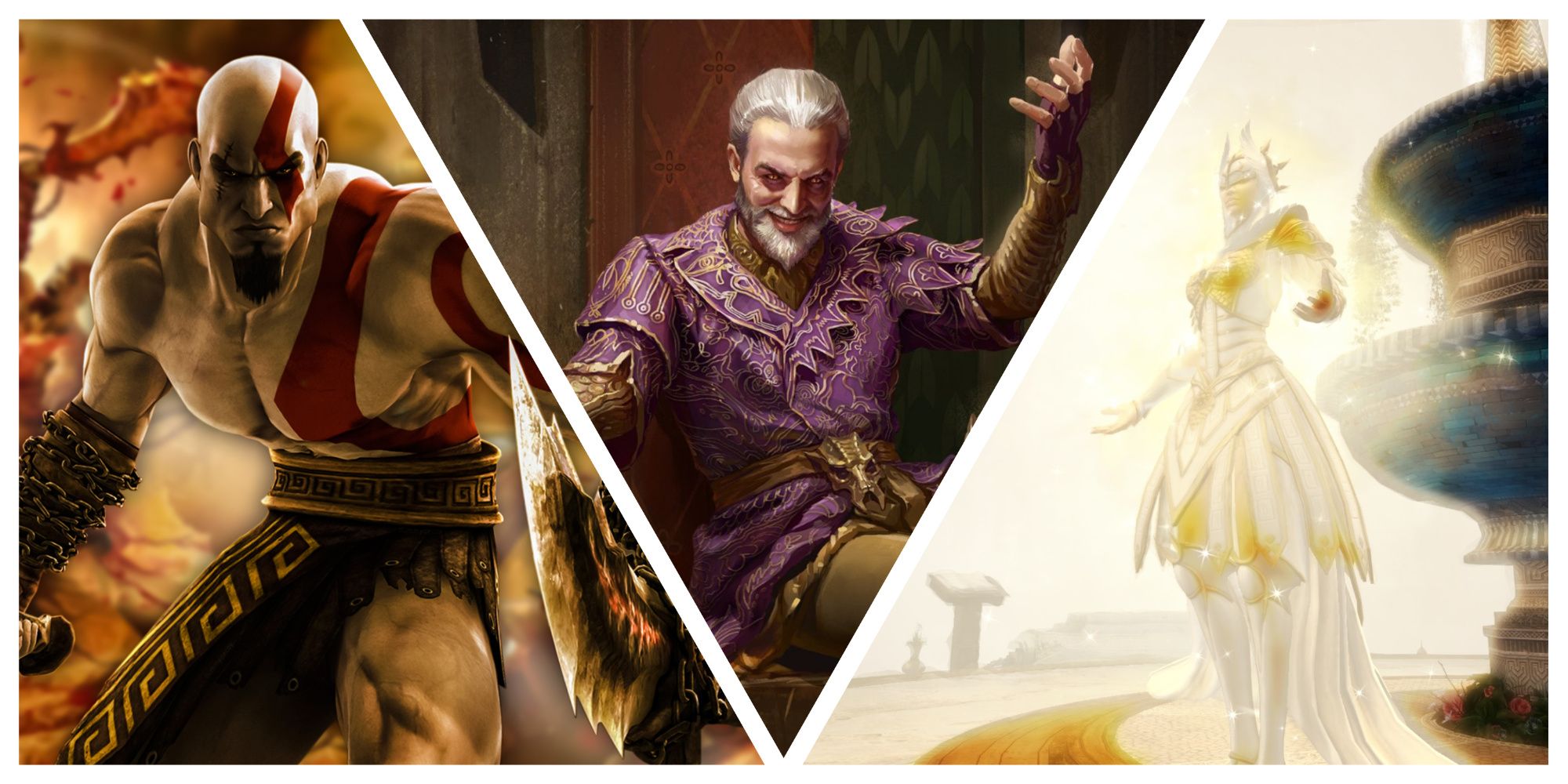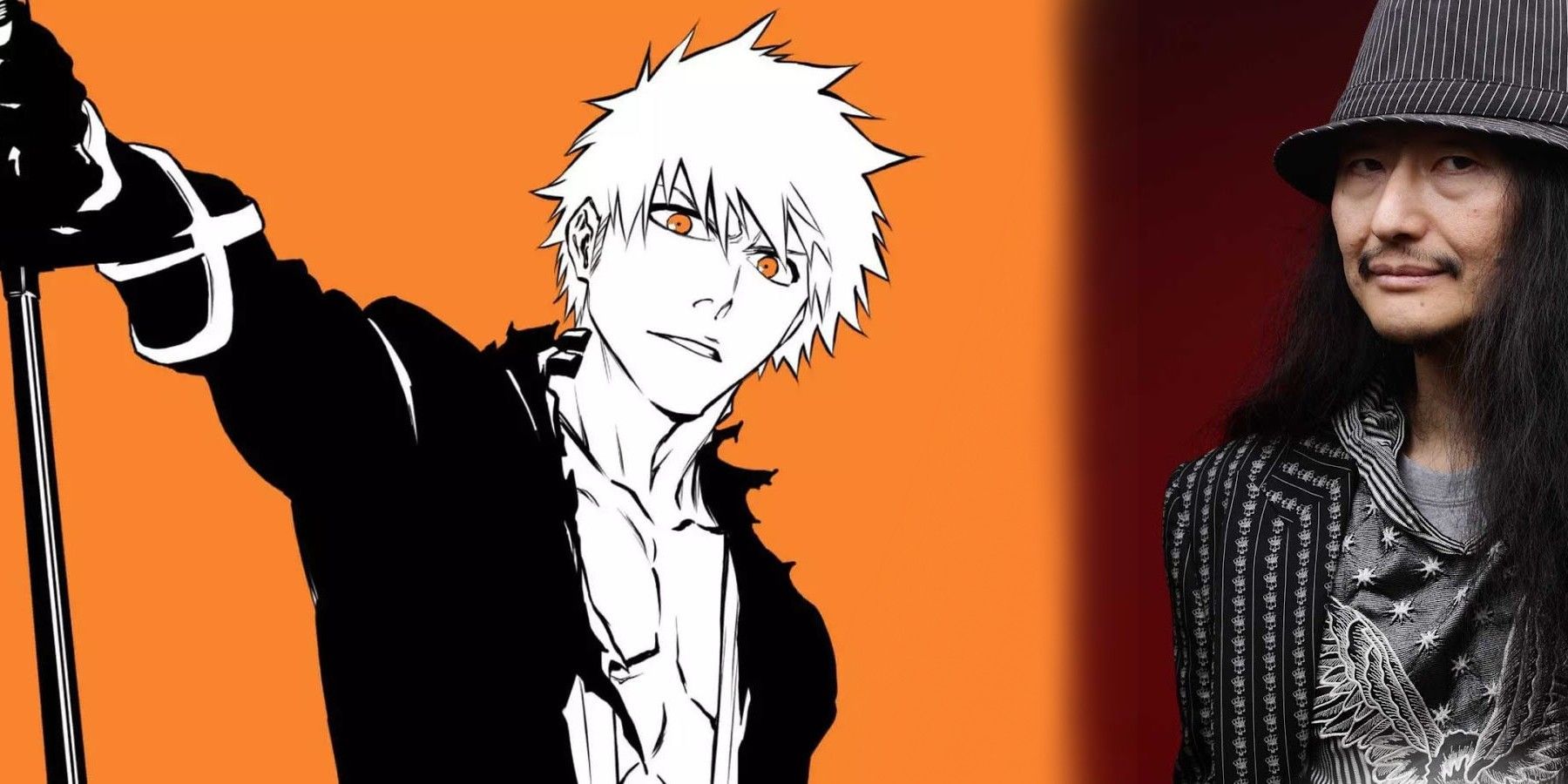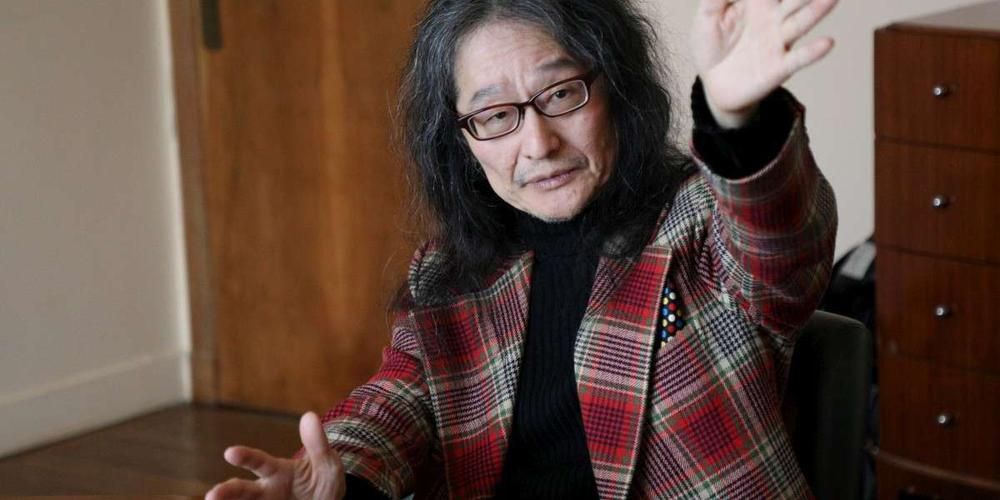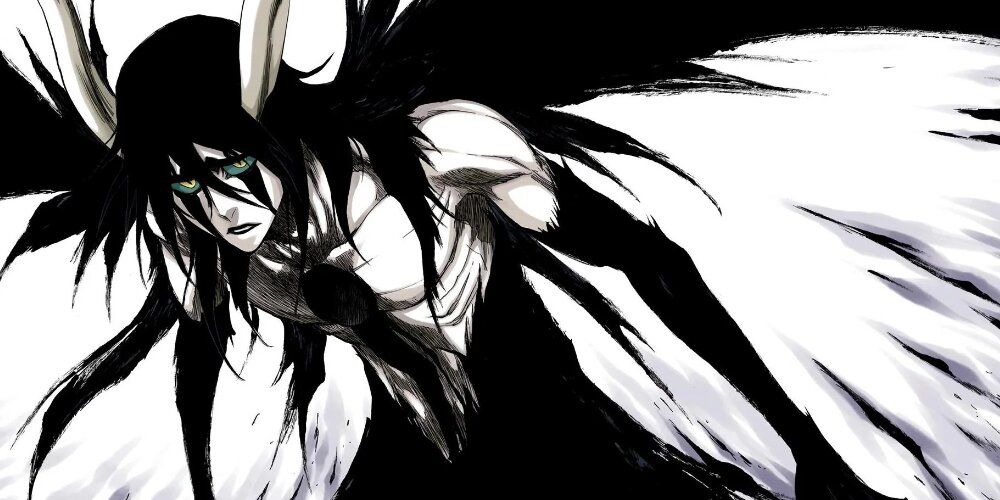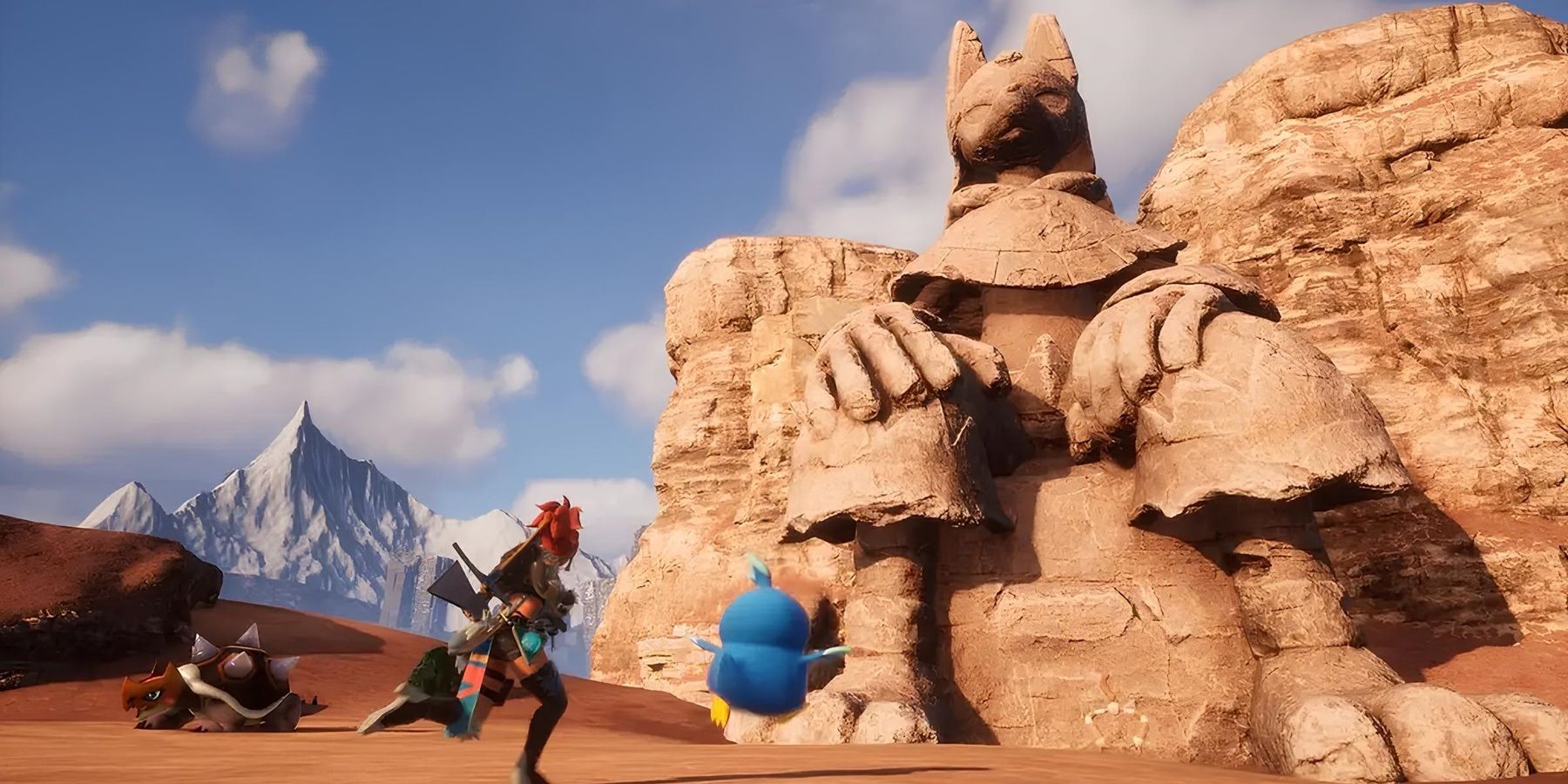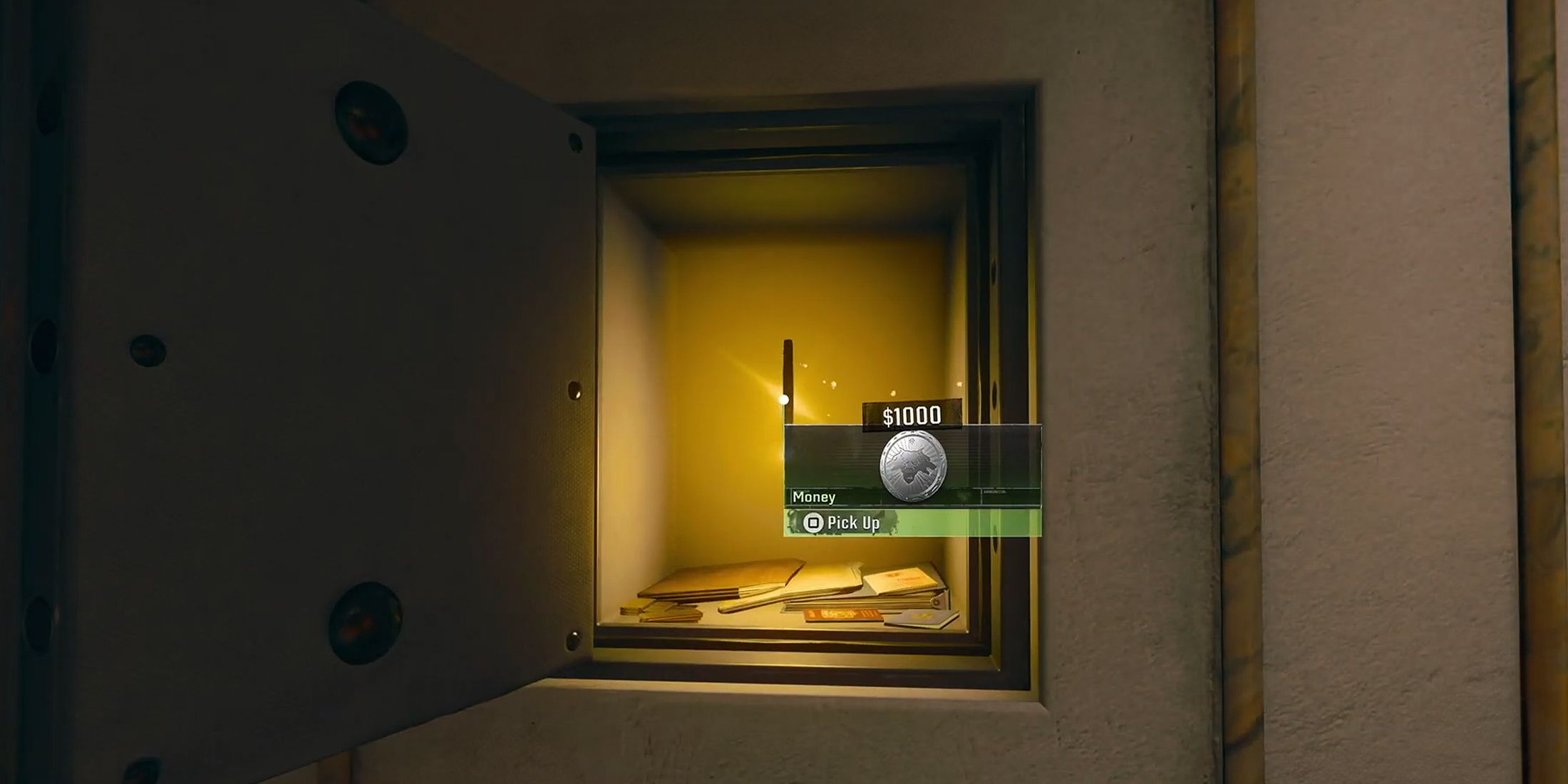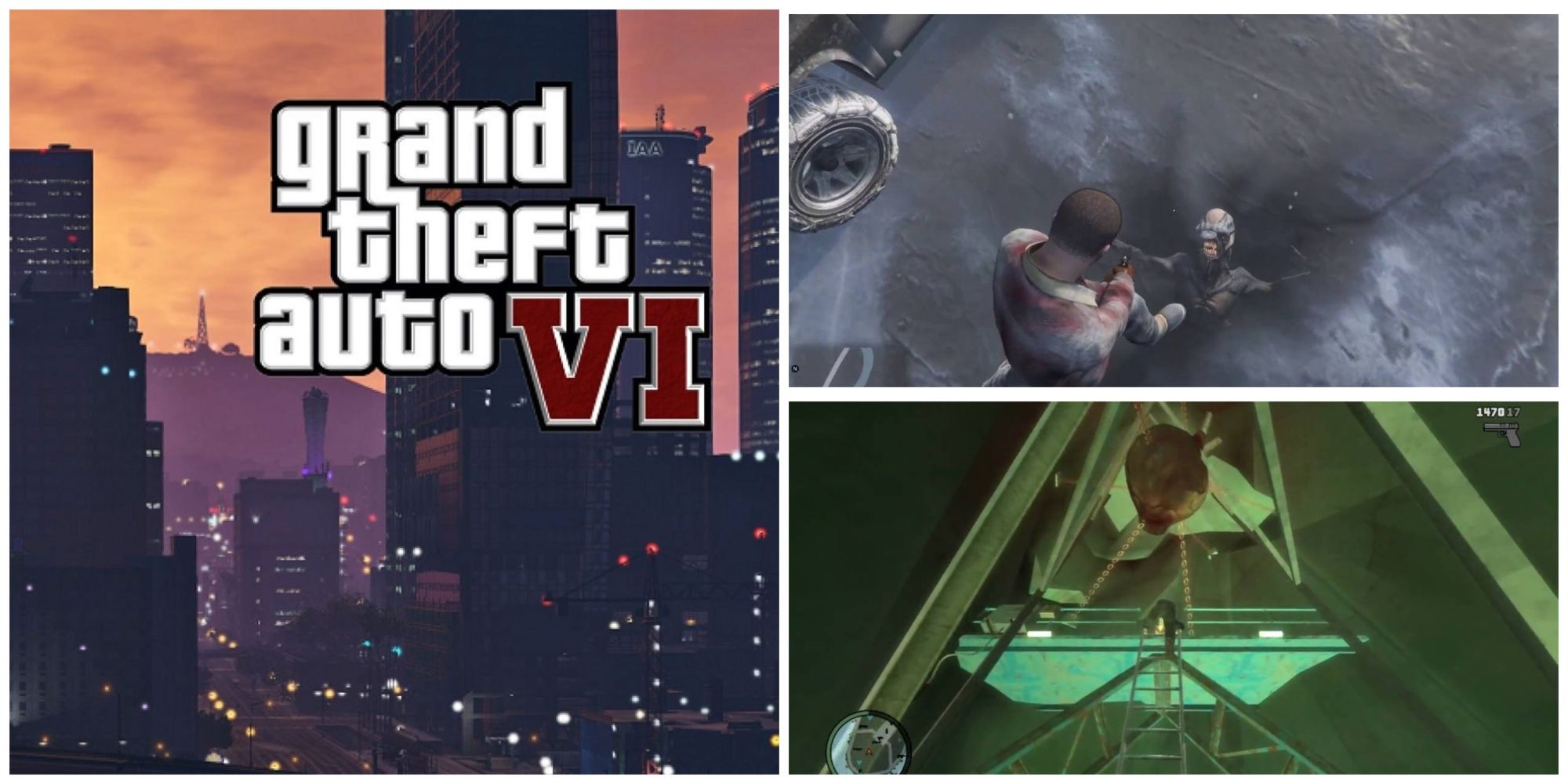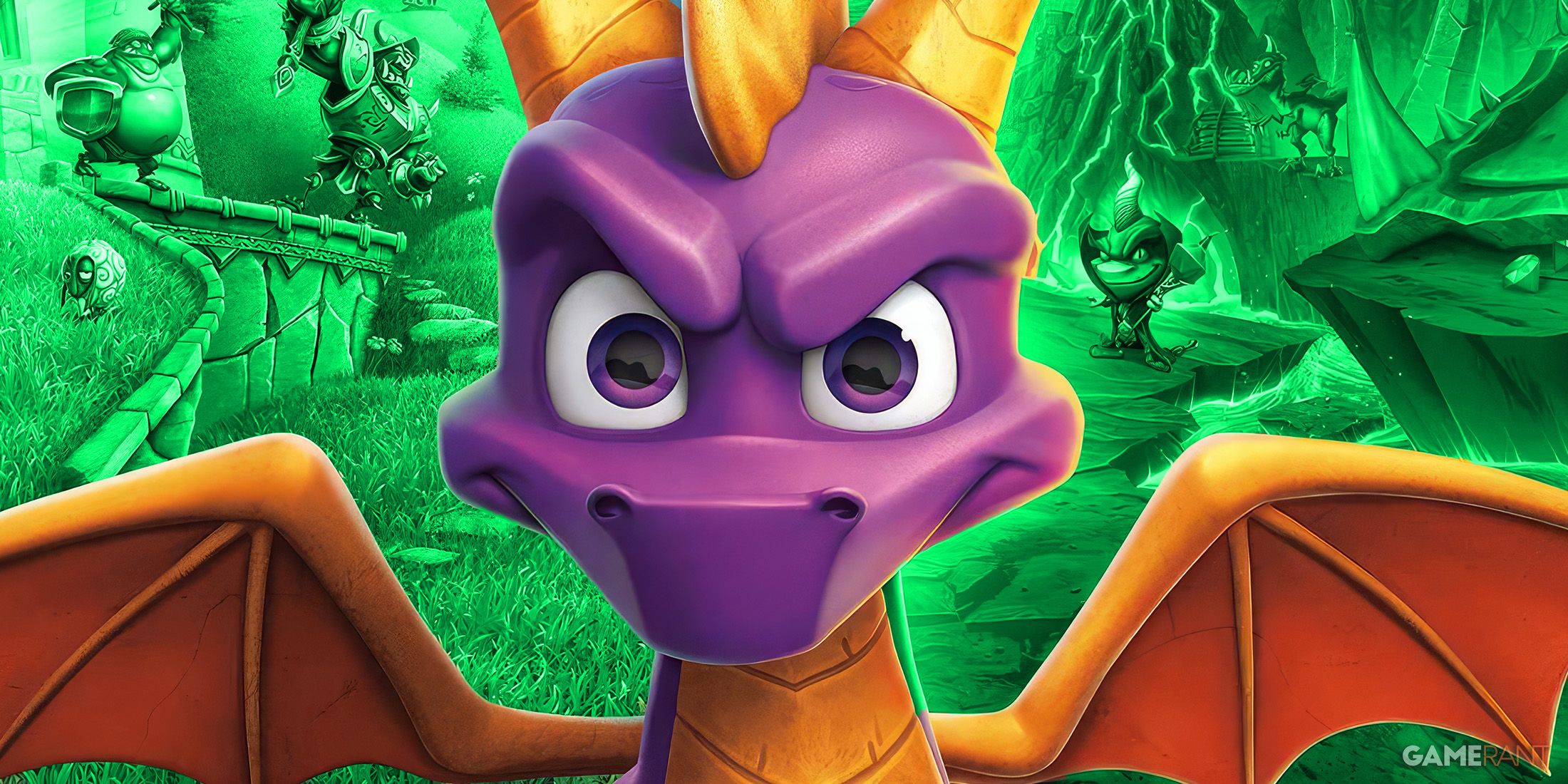Highlights
- Shiro Sagisu, composer of the Bleach soundtrack, expertly utilizes diverse styles and vocal tracks to enhance the story’s emotions.
- Sagisu’s use of Spanish guitar and German anthems reflects the European influences on the Espada and Wandenreich factions.
- Bleach’s music selection, from iconic themes like “Number One” to eerie piano tracks, elevates the series’ most memorable moments.
In most discussions about Bleach, general audiences, whether fans or not, always agree on something: Bleach’s music is outstanding. Bleach has an excellent selection of both opening and ending songs and an original soundtrack. It’s easy to hear beautiful piano, strings and suddenly Spanish guitar or German chorus. Bleach is known for its vast variety of music employed in every episode. It goes through several styles that fit each faction in the story.
The Bleach soundtrack is nothing short of genius, and it has become incredibly popular and iconic. Everyone knows tracks like Ichigo’s personal theme, Number One, the Espada’s La Distancia para el Duelo, and Sousuke Aizen’s Treachery. But who composed this amazing soundtrack, and what’s the in-universe reason for the styles heard in the series?
Related
Bleach: What is Ichigo’s Full Hollow Form?
Vasto Lorde Ichigo is one of the most iconic transformations in Shonen Anime, but what is it exactly?
Shiro Sagisu, From Terrifying Mechs to Death Gods
The Man Behind the Music
The composer of the Bleach soundtrack is the legendary Shiro Sagisu. A composer with an impressive discography both in anime and in his solo career. Before Bleach, Sagisu was known for his stellar work in Neon Genesis Evangelion. Sagisu’s tracks for Evangelion are instantly recognizable for their eerie and sinister ambiance, like the track “Marking Time, Waiting For Death”, which then goes into light-hearted tones like Misato’s theme. And the melancholic piano of “Rei I”.
Already on Evangelion, Sagisu displayed his expertise in different styles with vastly different feelings. Nailing the psychological and somber atmosphere of Evangelion, while enhancing terrifying moments with the powerful “The Beast II”. Sagisu uses mainly the piano for a great portion of his tracks. However, he knows how to use strings to deliver chilling sounds to the audience. His use of vocal tracks is also important, and they stand out from the rest of the soundtrack. He usually works with fantastic vocalists who know how to deliver the intended feeling of the piece. And in the case of Evangelion, every single vocal track is sung by female vocalists, as female characters in Evangelion are extremely important.
When it was time to work on Bleach, Sagisu continued his use of diverse styles and feelings, as Bleach has a wide emotional range that easily goes from comedy to deep emotional moments. And this passion for vocal tracks he had established in Evangelion was immediately showcased in Bleach, with Ichigo’s theme, the iconic “Number One”. With Hazel Fernandes on the vocals, Ichigo’s theme embodies that feeling of the main character, the hero of the story, perfectly.
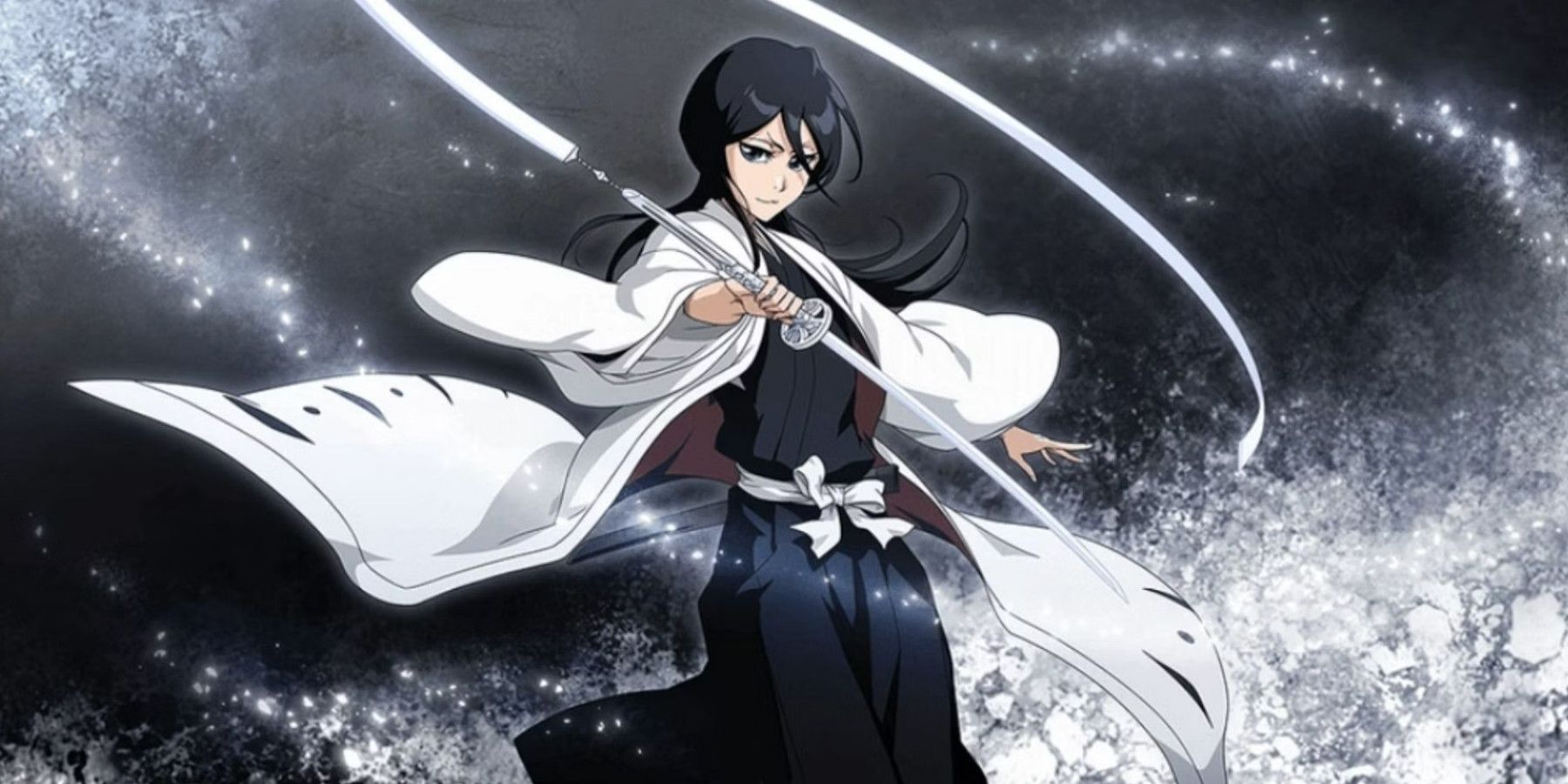
Related
Bleach: Rukia’s Zanpakuto, Explained
Rukia Kuchiki possesses the most beautiful Zanpakutou, Sode no Shirayuki. Here’s all you need to know about her abilities and forms.
Sagisu used piano perfectly as well, with amazing emotional tracks such as “Here to Stay”, “Torn Apart” and the masterpiece “Soundscape to Ardor”. His use of vocal tracks also increased, as besides “Number One”, there are plenty of vocals in tracks like “Nothing Can Be Explained”, the song usually associated with Old Man Zangetsu. A track characterized by its supernatural-feeling sounds, encompassing the mysterious and melancholic aura surrounding Zangetsu and Ichigo’s inner world. Rukia also received her own theme, “Never Meant to Belong”, which shows Rukia’s inner struggle and sadness and her quest to overcome her grief. This track was remixed, now with beautiful vocals, in the Thousand-Year Blood War arc, used in Rukia’s Bankai to elevate her personal growth. And everyone knows Sousuke Aizen’s theme “Treachery”, another vocal track that describes the feeling of Aizen’s Complete Hypnosis and his true evil intentions.
The Different Styles of Bleach
Spanish guitars and German Military Anthems
When fans think of Bleach’s music, a lot of them immediately remember the Spanish guitar used in the Arrancar Saga. Especially the incredibly popular “Clavar La Espada”. The Espada are almost always accompanied by the Flamenco-style soundtrack Sagisu made for them. Tracks like “Nube Negra” go with Ulquiorra Cifer, while “La Distancia para un Duelo” accompanies the general members of the team. But why is this? Tite Kubo, the creator of Bleach, assigned a language to each faction in Bleach. The Soul Reapers are Japanese, while the Espada are Spanish. All of their names come from European architects, and all of their powers are named in Spanish. Hence, Sagisu made their music in the style of Flamenco, the music genre originating from Spain. The exception to this trend is Grimmjow Jaegerjaquez, as his theme is called “Power to Strive”, it plays during his climactic fight with Ichigo, and it employs industrial heavy rock and strings. This track may differ because Grimmjow’s naming is rather German.
Then, when the Thousand-Year Blood War begins, as soon as the Wandenreich make their debut, they’re accompanied by powerful and ominous military anthems. This is because the Wandenreich is modeled after the 1940s Third Reich, so their names, powers, and music carry a German motif, just like the Espada are Spanish. While the Wandenreich’s music has many vocal tracks, the lyrics are not in German but in English. However, they all follow this grandiose choir you’d hear in military propaganda.
Shiro Sagisu is responsible for the extraordinary soundtrack fans associate with some of the most iconic battles and moments in Bleach. An artist who excels at many different styles and arrangements, he never misses the mark in enhancing the larger-than-life story of Bleach.
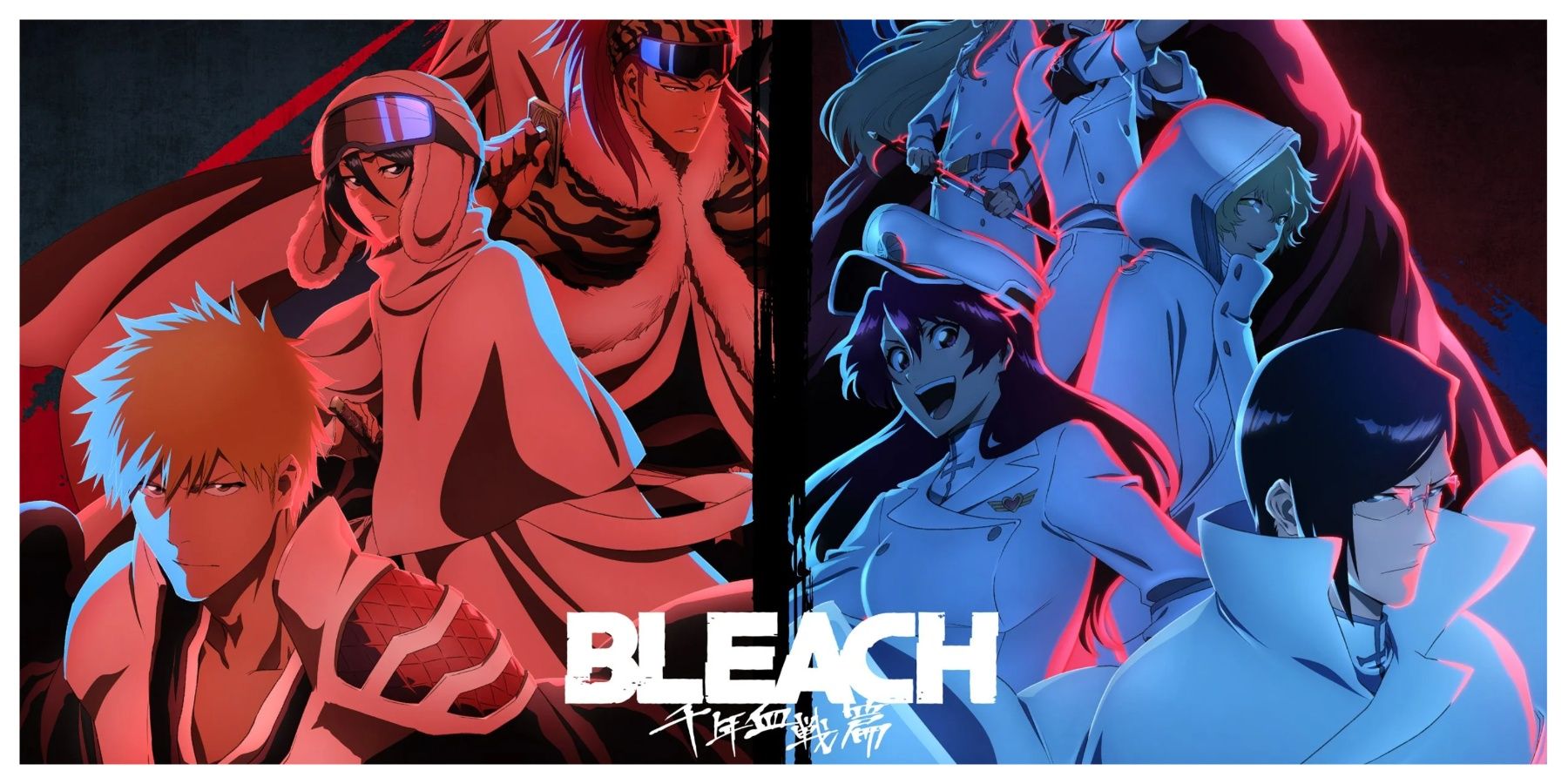
more
Bleach Thousand Year Blood War Reveals Trailer, Release Date and Key Visual for Cour 3
Fans finally get a look into the upcoming third cour of the Thousand Year Blood War arc anime.

Bleach
Based on Tite Kubo’s battle shonen manga, Bleach centers around Ichigo, a high school student who is dragged into the world of Soul Reapers. The original anime ended in 2012, but it was revived in 2022.
- Release Date
- October 5, 2004
- Network
- TV Tokyo
- Streaming Service(s)
- Hulu
- MyAnimeList Score
- 7.93 (First Series)
